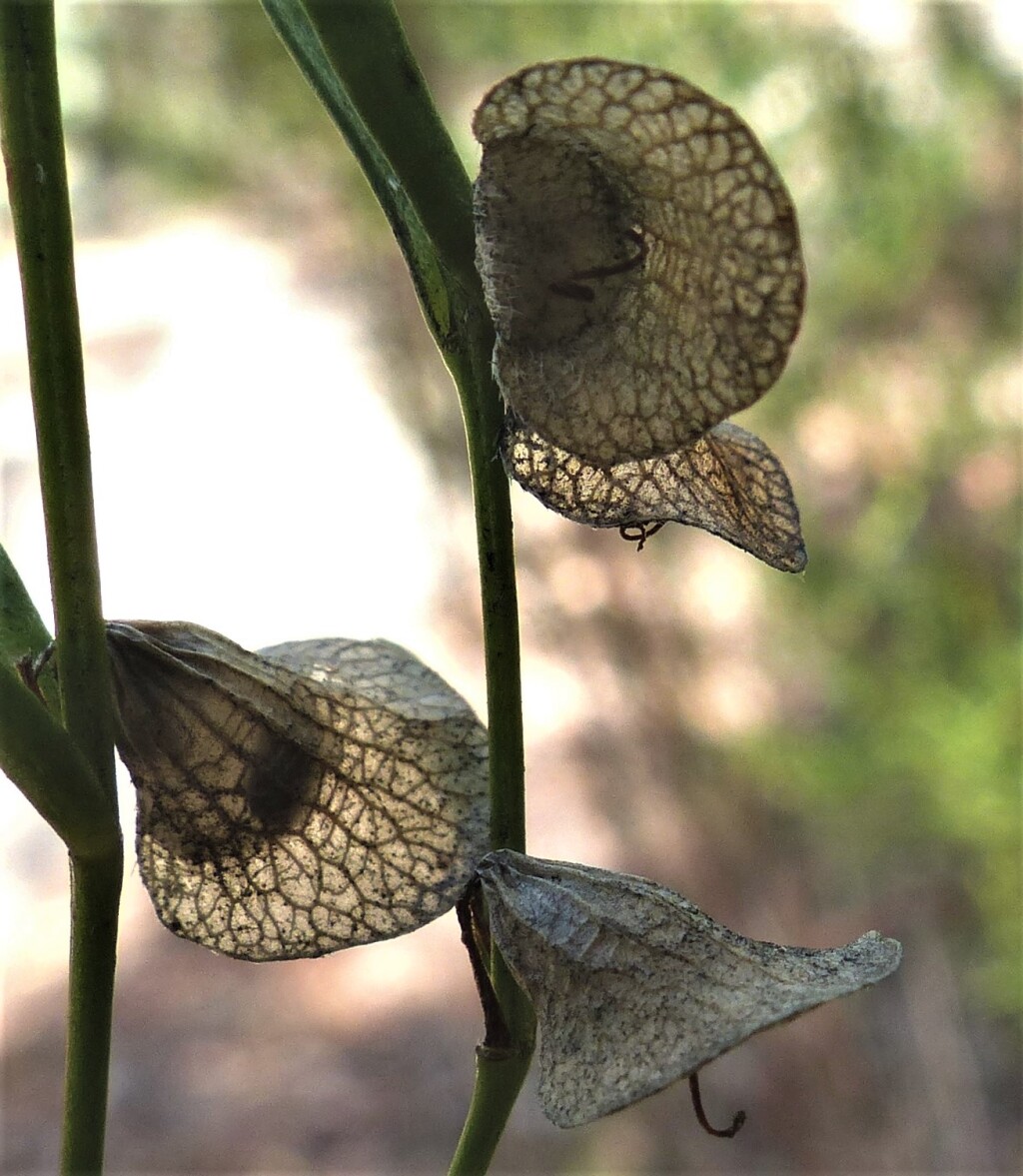Prostanthera nivea var. nivea
Snowy Mint-bushErect to spreading shrub, 1–4 m high, not aromatic; branches 4-ridged, glabrous to densely covered with white appressed hairs (hoary), glands inconspicuous. Leaves sessile, linear to c. terete, 10–50 mm long, 0.5–2 mm wide, glabrous to densely covered with white appressed hairs (hoary), glands inconspicuous, base narrowly cuneate, decurrent, margin entire, flat to involute, apex obtuse or subacute. Flowers appearing axillary, often crowded towards the ends of branches in a leafy spike-like inflorescence; bracteoles persistent, minute and c. 0.5 mm long, c. 0.2 mm wide, to linear and leaf-like, 2–4 mm long, 0.3–0.5 mm wide. Calyx 6–8 mm long, tube 3–4 mm long, adaxial lobe 3–5 mm long (enlarged in fruit); corolla white to mauve, with yellow spots in throat, 14–18 mm long; anther appendage c. 1.5 mm long. Flowers Sep.–Dec.
VVP, VRiv, GipP, OtP, Gold, CVU, NIS, EGL, EGU. Largely confined to shrubland and open woodland associated with granite outcrops (e.g. Mts Hope, Terrick Terrick, Kooyora and Pilot, and the You Yangs), also in Lerderderg Gorge, Barwon Heads and Anglesea areas. Sparingly established in heathland reserve at Sandringham.
Prostanthera nivea var. induta Benth. is restricted to the Warrumbungle Ranges and Pilliga region of New South Wales and is readily distinguished by its densely white-hairy stems and larger bracteoles.
Conn, B.J. (1999). Lamiaceae. In: Walsh, N.G.; Entwisle, T.J., Flora of Victoria Vol. 4, Cornaceae to Asteraceae, pp. 418–459. Inkata Press, Melbourne.
 Spinning
Spinning
